“I would really love to use reading workshop in my classroom, but my district requires me to use a scripted reading curriculum. Is there anyway that I can make a basal reading program work with reading workshop?”
I have been asked that question many many MANY times. And really, at one point, I remember asking that question myself.
A lot of schools and districts provide their teachers with a scripted reading curriculum or a basal reading program. It makes sense that districts want to help support their reading teachers and providing a standard reading program seems like a logical way to do that.
But, the students in YOUR classroom are very different from the students in your co-workers classroom and they are very different from students in other schools (even within the same district). Sometimes, a scripted reading program can make it difficult for you to meet your exact students needs… which is why I am such a fan of using the Reading Workshop Model.
Reading Workshop is a framework or a structure for teaching reading.
It provides teachers with a framework that allows them to teach one reading skill or strategy at a time using authentic texts to model their thinking. The workshop model also gives students time to practice reading and responding to self-selected texts AND it gives teachers TONS of time for small group lessons and one-on-one conferences.
Reading workshop is such an effective way to meet the needs of ALL your students at the same time. If you are not familiar with reading workshop, you can check out THIS blog post I wrote that will walk you through the basics of reading workshop.
But to help you get an idea of what I mean when I say reading workshop, here is the basic structure:
-
Mini-Lesson – The teacher will start reading workshop with 10-15 minute whole group mini-lesson. This mini-lesson will focus one one specific reading skill or strategy like making inferences or identifying the main idea of a text. The teacher will use a mentor text to help introduce and model that specific skill to their students. The teacher will end the mini-lesson by encouraging their students to practice using this skill during independent reading.
-
Independent Reading/Guided Reading – Ideally, this chunk of time will be 40-45 minutes and students will get to spend the bulk of if doing independent reading. During independent reading, students should get to read and respond to self-selected texts – choice is a huge part of making independent reading successful. While students are reading independently, the teacher will pull 2-3 small guided reading or strategy groups or meet with students for one-on-one independent reading conferences. This 45 minute chunk of time is where the real reading magic happens. With so much time for small group or conferring, teachers can really meet student’s individual needs and help ALL of their students meet their reading goals.
-
Closure – At the end of your reading workshop you want to take a few minutes to remind students what you focused on and reinforce how the skill or strategy you focused on during your mini-lesson will really help your students become stronger readers.
Hopefully, as you read over the reading workshop framework you’re thinking “that sounds awesome, I want to teach reading that way.”
If you’re interested in trying to implement reading workshop in your classroom, but also trying to implement your district’s mandated curriculum, there are ways you can make them work together.
Here are 5 tips to make a reading program work with the reading workshop model:
1. Use the weekly story as part of your mini-lessons.
In a typical reading workshop you are using mentor texts each day to teach one reading strategy or skill. In a typical reading curriculum, you are assigned a weekly story that you and your students are supposed to read throughout the week. Well, if you are interested in using the reading workshop model, you can easily use your assigned weekly story as one of your mentor texts. This is one of the easiest ways to make your reading curriculum work with reading workshop. Keep in mind that you don’t have to read the entire text to use it as part of your mini-lesson. You can simply scan the story identify the parts of the story that align with the reading skills or strategies your students need and use the basal text to teach your mini-lesson. When possible, I always try to get a hard copy rather than using the teacher’s manual or the student copy. I like reminding students that the stories included in the reading curriculum are ACTUAL books.
2. Assign the weekly story as independent reading.
When it comes to independent reading, I typically like to give my students a choice with what they read. Independent reading is most effective when students can choose what books they want to read. They will be more likely to finish reading something they are interested in…BUT, if you have a basal reading program you are required to follow, you can use the weekly text from that program as part of your independent reading. You could have your students spend the first 15 minutes of every independent reading block reading the assigned text and then let them have free choice the last 15 minutes.
3. Assign the weekly story as part of your reading homework.
Another way to make your reading curriculum work with reading workshop is to use it as part of your homework. If you are allowed to send textbooks home OR if students have a way to access the texts online, you could assign the weekly story from your reading curriculum as part of your reading homework. This way your students are still getting exposure and engagement with your reading program, but you’ll have more time during the day to implement reading workshop and use a variety of mentor texts to teach your mini-lessons.
4. Turn the activities from your reading program into a choice board.
A lot of times your reading program will come with a TON of reading activities that are all centered around your weekly story. The program usually gives you activities to teach vocabulary, grammar, comprehension, fluency and a lot more. These activities aren’t always bad, we just can’t guarantee that they will be the exact things that your students need to grow as readers. The main goal of using the reading workshop model is to be responsive to your students needs. As the instructional expert of your classroom, you get to decide what reading skills to focus on and you can decide the best way to teach each skill.
If you are required to use a basal reading program, you can still make these reading activities work with the workshop model. Consider creating a choice board with all the weekly activities provided in your reading program. Have your students pick 3-4 to do during the week. Let them use some of their independent reading time to complete those activities… this is a win-win. They are still getting time to work on independent reading, you are getting time to pull small group, and you are still using the reading program your district wants you to use.
5. Use a dual model.
Another option is to use a dual model. You could spend 2 or 3 days a week following your basal reading program and the rest of the time you could use a traditional reading workshop model. This way you are following your district/school’s requirement to use the required reading program, but you are also incorporating authentic texts, giving students time for choice, and pulling guided reading/small groups.
At the end of the day, remember, there is not just ONE way to teach reading…
You can make almost any reading program and any structure work… BUT, in order to be an effective reading teacher, you have to know your students as readers and you have to be able to identify the skills and strategies they need to develop in order to reach their reading goals. If you are looking for a way to improve your reading instruction and really target your students individual needs, I would encourage you to try and implement the reading workshop model this year…. and now you know how you can make the reading workshop model work with your school’s reading program.
Grab Your FREE Gift!
Literacy Block Sample Schedules
Do you ever feel like you don’t have enough time to teach reading the way you want? This planning guide and set of sample schedules will give you tons of ideas for how you can set up your reading block regardless of how much time you do (or don’t) have.
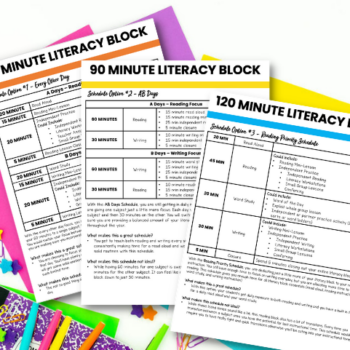
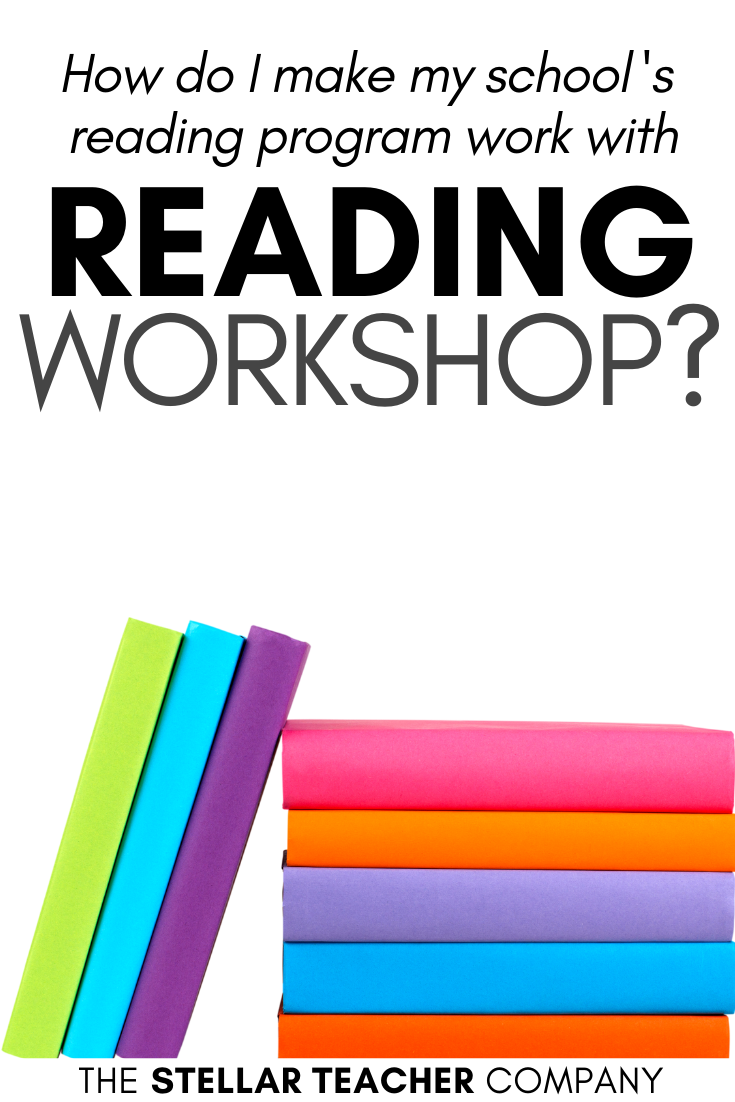



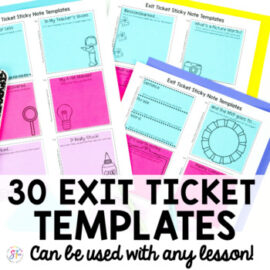
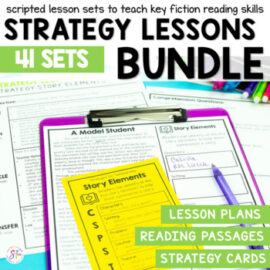
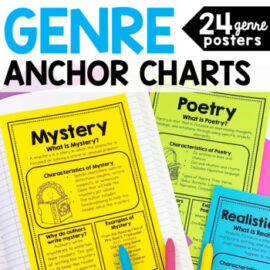
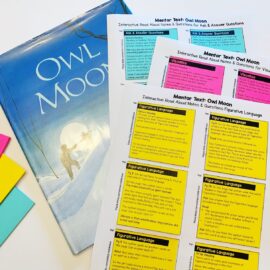




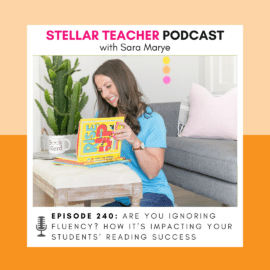
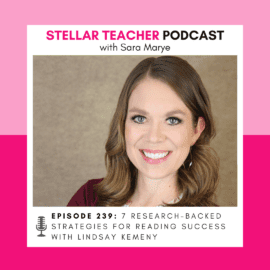

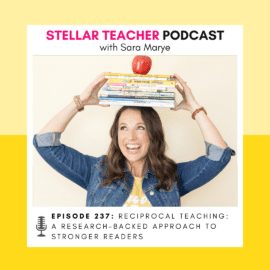



Leave a Comment
You must be logged in to post a comment.